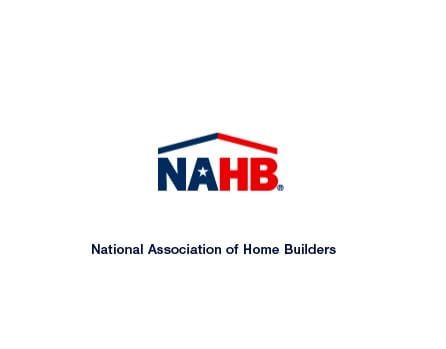![How does construction 3D printing fit into a home build? [Source: NAHB]](https://fabbaloo.com/wp-content/uploads/2020/05/image-asset_img_5eb09aa466d2c.jpg)
I thought I would do some basic research into residential construction practices to show how 3D printing fits and does not fit.
We’ve seen plenty of initiatives coming forward in the media to proclaim, “3D printed house completed in only 24 hours!” Such spectacular statements are wild exaggerations, as typical construction printers are only able to produce concrete portions of the structure.
This leaves plenty to do on the project to complete the home, including installation of HVAC, plumbing, electrical, windows, flooring, roofing, surface finishes, and much more. These must be installed with traditional work practices and have nothing to do with 3D printing.
Really, the so-called construction 3D printers simply extrude concrete and nothing else. Thus their contribution is relatively small to the total cost of building a residential home, if one were to use that technology on the project.
But exactly how much is that? Let’s find out.
After some searching, I found statistics for house construction prices, itemized by component. This chart was sourced from the US National Association of Home Builders, and represents their view of the average cost of home building in 2017. That’s still pretty recent, so let’s go with it.
![Average cost of housing construction, itemized [Source: NAHB ]](https://fabbaloo.com/wp-content/uploads/2020/05/image-asset_img_5eb09aa4d87f2.jpg)
As you can see in the NAHB chart, the total average cost of a home build is US$237,760. But what components could be affected by the introduction of construction 3D printers? From the itemized list, I see the following:
-
Excavation, Foundation, Concrete, Retaining walls and backfill US$25,390 — The concrete extrusion would be able to produce the foundation/pad, main walls and related structures, but not perform the excavation.
-
Framing (including roof) US$35,694 — Walls (but not the roof) could be roughly produced by concrete extrusion, negating the need for framing. However, you’d still want to cover the rough concrete walls, similar to how drywall would be placed in a traditional build.
And that seems to be all. These two components apparently represent only 25.7% of the total build cost, and a construction 3D printer would not address all of the needs defined by these categories, so it would not replace all of that cost.
So, does this imply the cost of a hypothetical 3D printed house would drop by 25%?
By no means. There is still a cost to operate the construction 3D printer, which in fact may be higher than the cost of traditional methods. The likely amount of savings here would probably be far less than 10%, even if the construction 3D printer were able to halve the cost of traditional methods.
My point here is that the current state of construction 3D printing is highly unlikely to affect the pricing of a residential construction project in any significant way. In fact, much of the project would continue to be built in traditional ways.
There is one possible benefit that I can see, and that could be an ability to overcome certain types of labor issues. In some regions the labor force that normally constructs the concrete portions may be unavailable, slow or unreliable. In those specific situations it is possible that a construction 3D printer could have some benefit.
All this should be kept in mind when entrepreneurs start popping up in various locations touting amazing 3D printing construction capabilities. I’ve begun to see such ventures appearing, and they obtain overly generous coverage — and in some cases government backing — due to this buzz. It’s most likely wrong, or at least the benefits seem greatly exaggerated.
For true, full construction 3D printing, we will have to make significant changes to the concept of 3D printers, or make significant changes to our expectations of habitable structures.











COBOD’s BOD2 construction 3D printer seems to be catching on as the company has made multiple sales of the new device.